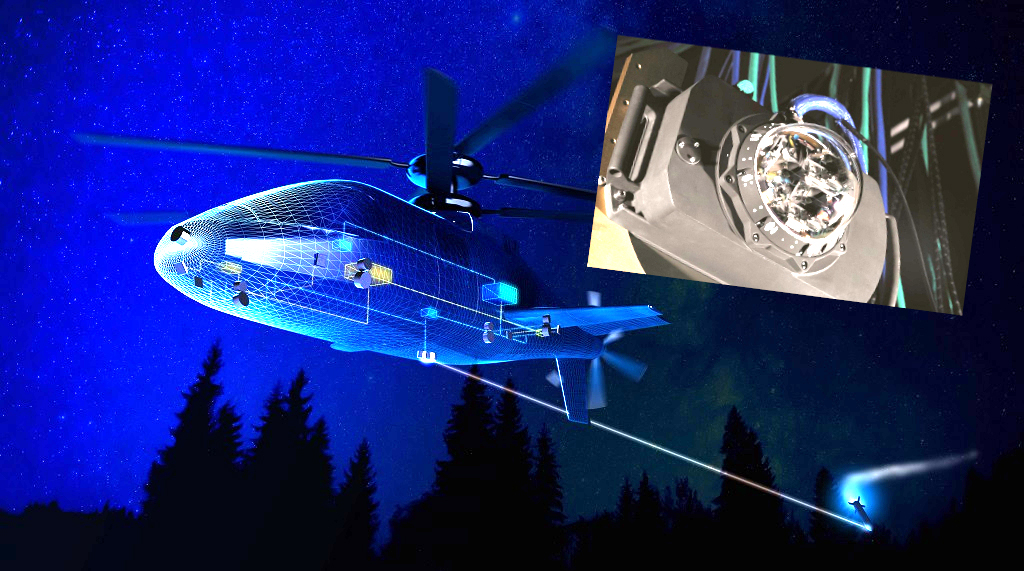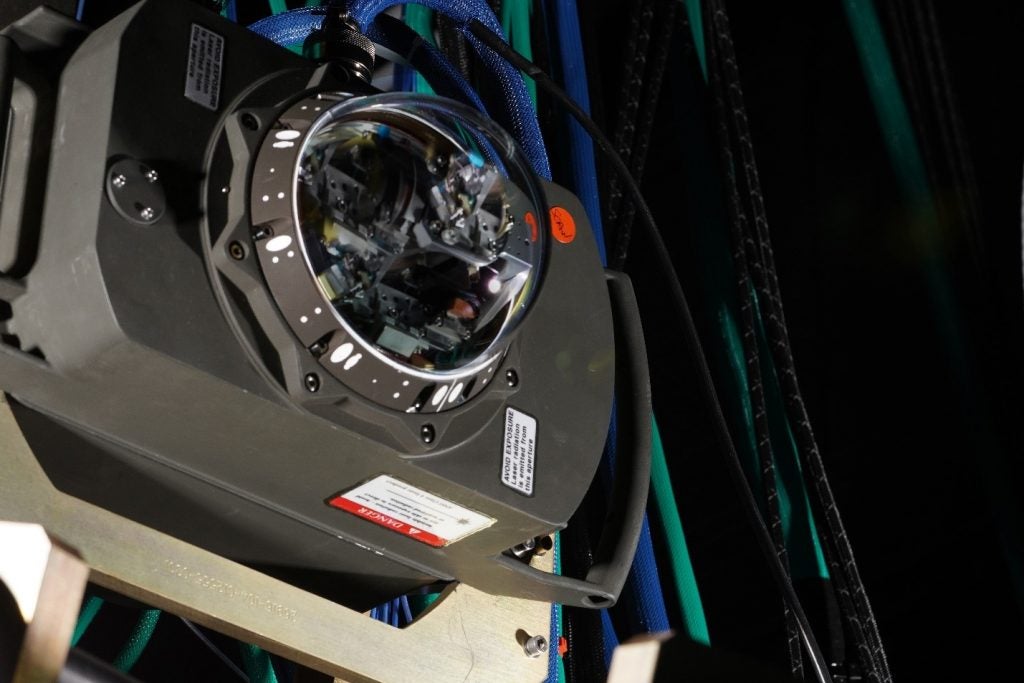US Army Declares IOC for Common Infrared Countermeasure System
On 9 February, Northrop Grumman announced that their Common Infrared Countermeasures (CIRCM) system had reached an initial operational capability (IOC) with the US Army. This system is intended to defeat IR-guided missiles launched at helicopters by precisely tracking the incoming threats and blinding their sensors using a laser. As modern short-range air defenses continue to proliferate these systems will be vital for allowing helicopters to survive the modern battlefield. Northrop Grumman is an industry leader in this technology with more than 1,500 systems installed on aircraft of 80 different types.
Typically the weight of these systems has limited their employment to larger aircraft with greater power generation. At between 55 to 70kg, CIRCM has managed to achieve an over 50% reduction in weight compared to previous generation systems allowing it to be installed on already heavily taxed systems like AH-64E.

Reaching IOC clears the system for deployment on AH-64E, CH-47F, HH-60M, and UH-60M which together account for some 2,100 aircraft. So far the Army has procured 465 CIRCM systems with an ongoing procurement of 125 per year until it reaches the objective procurement of 1,790 kits. With unit cost reaching $1.3 million in 2023 this is going to be a significant investment but a necessary one if the US helicopter fleet is to be utilized in a peer conflict. The use of helicopters in Ukraine by both sides has been heavily restrained after numerous shootdowns by various MANPADS. Many attack helicopters have been seen firing their rockets at high angles in an artillery-like fashion rather than risking direct attacks.

With the use of CIRCM, the US helo fleet will be able to behave much more boldly allowing for agile operations unique to helicopters. Operational experience with CIRCM will inform future requirements for the Future Vertical Lift aircraft which will have such systems integrated from the beginning. This in combination with the use of small unmanned systems will keep helicopters relevant for decades to come.

